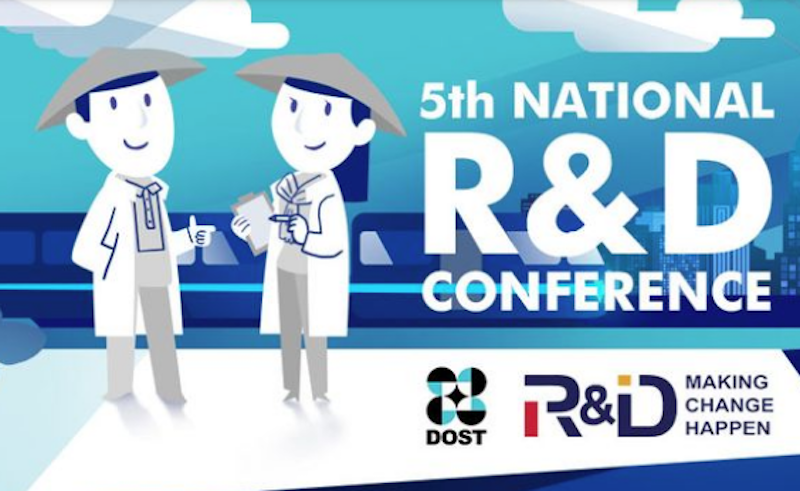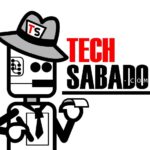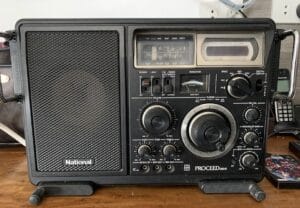SCI-TECH | DOST showcases leading innovations at its 5th R&D conference
The agency’s latest R&D Conference presented the latest researches and technologies that the DoST and other government agencies have produced, including those developed in response to the Covid-19 pandemic.

Source: DOST
The Department of Science and Technology (DoST) is pushing for change that delivers maximum socio-economic benefits to the people.
At its 5th National Research & Development, Conference (NRDC) the Science Department highlighted game-changing technologies in industry, energy and emerging fields. Held virtually, the agency’s latest R&D Conference presented the latest researches and technologies that the DoST and other government agencies have produced, including those developed in response to the Covid-19 pandemic.
Some of innovations featured were:
• The Multiple Materials Platform for Additive Manufacturing (MATDEV) 3D-printing initiatives mass produced over 2,000 3D printed face shields, more than 1,800 pieces of 3D printed ear relief bands that help alleviate pain caused by prolonged wearing of face mask, and the 3D-printing of venturi valves (also called the respirator valve). In addition, various 3D printed devices were also developed such as prototypes of N95 mask, multiple patient ventilator splitter, modified oxygen concentrator mask, doorknob handle, and mechanic ventilator.
• The Swab Collecting Booths designed by Futuristic Aviation and Maritime Enterprise, Inc. (FAME) mitigates the exposure of frontline health workers to the Covid-19 virus by allowing people with coronavirus symptoms to get tested without being in direct contact with the medical staff.
• The Egg White Powder of Batangas Egg Producers Cooperative’s (BEPCO) has a longer shelf-life than raw eggs, making it easier to bulk transport and store the powder without losing the egg’s functional properties and nutritional benefits.
• The Platform for Assessment and Tracking of Urbanization – Related Opportunities (PATURO) is building a smart data hub that reliably and accurately captures a city’s “health” status and allows real-time and interactive access to data for simulation modeling in support of fast decision making.
• The Infrastructure Monitoring Petrography aims to provide in-depth analysis and assessment of the health of concrete used in constructions, roads, bridges, and buildings.
• Project Ramdam, or Resource Allocation Management, Distribution and Monitoring system acts as a platform for community citizens and the government to share accurate information regarding relief distribution activities, contents of relief packs, schedule of distribution, and feedback from the recipients. It is accessible via a mobile app or through a web site.
• The Tracing for Allocation of Medical Supplies (TrAMS+) project, an online geographic system, relies on crowdsourcing to track information about health facilities’ and medical resources in aid of the proper allocation of medical requirements of healthcare facilities.
The NRDC is spearheaded by the Department of Science and Technology (DOST) in collaboration with the Commission on Higher Education (CHED), Department of Agriculture (DA), Department of Environment and Natural Resources (DENR), Department of Information and Communications Technology (DICT) and Department of Trade and Industry (DTI).



